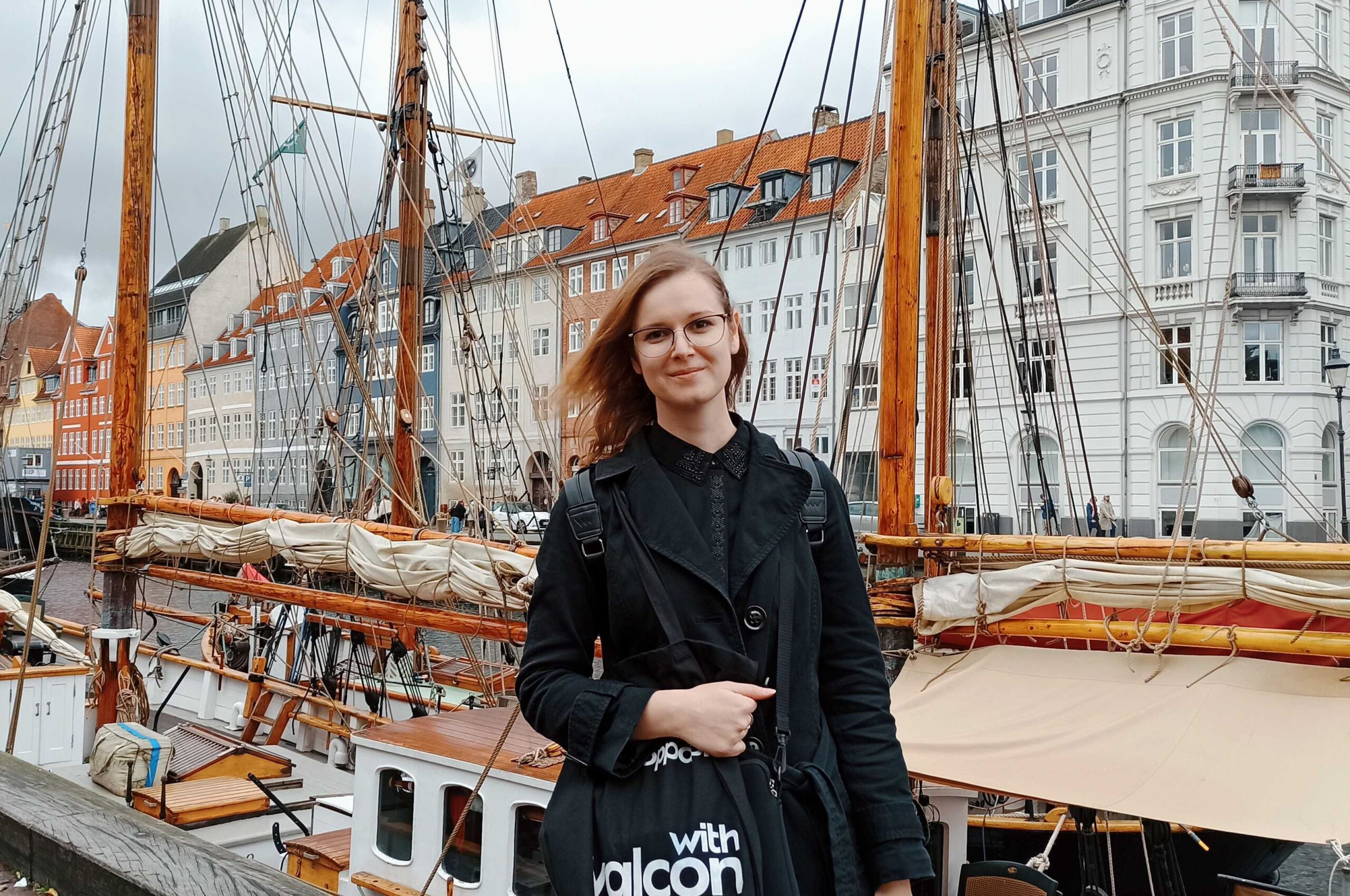Situation
It seems like a “mission impossible” to implement a complex transformation and build a new organisation that needs to be fully up and running in just ten months. Particularly if it is done by managers and employees who are largely inexperienced in working in projects and/or programmes. But a Nordic authority made the impossible possible! How did they do that?
Organisations all over the world have adopted a framework known as the “Golden Triangle”. The Golden Triangle is a strategic objective to connect the three big dots: technology, organisation and people, to achieve the defined business goals. For the Nordic authority, this became a reality as they faced a very concrete task that had to be solved in only nine months.
The authority was given the political mandate to take over and run a complete task area from another authority with full integration into the existing organisation and full assumption of the overall task responsibility.
Specifically, the authority had to:
- Triple the number of employees in the organisation
- Grow from one to more than 50 locations across the country – more than 30 had to be acquired
- Define and implement a new organisational structure
- Hire and onboard new managers and a triple-digit staff
- Develop new training programmes and ensure that new employees were ready
- Move from manual to digital handling of more citizen-facing tasks – including the development and implementation of new digital solutions
- Implement a new case management system
- Design and implement new work processes
- Develop and implement a new national planning system
- Ensure retention of focus and critical operations in the existing organisation
Approach
The mission impossible was made possible thanks to the authority’s management and employees. Not because they had the best toolbox, the greatest PowerPoint slides or the highest project management certification, but because they were driven by a strong set of shared values:
Meaning, Action, Community and Learning.
The values became the driving force behind reaching the four very specific conditions that were crucial to the success:
- A process with a clear goal and a fixed deadline
- The courage and ability of the leadership to empower the organisation
- The courage and ability of employees to be empowered
- Conscious use of consultants
Goal and deadline
An unambiguous deadline and clear performance requirements created a common navigation point and an execution mindset of the programme.
The ambition and success criteria for the programme were clear-cut: “In nine months, we must be ready to operate the new tasks with full responsibility.” The timeline and result were not up for discussion; all plans, activities and priorities were directed towards this guiding point throughout the whole programme.
It seems quite simple. But the fact is that many transformation programmes have an unclear ambition and/or too high expectations and too great intentions, which makes it unrealistic and produce conflicting priorities. The result is confusion and counter-productivity rather than effective progress.
Although the ambition to be fully operational after only ten months was to set the bar high, it was also a clear guide for all the problems, dilemmas and priorities that the programme faced.
Courage and ability to empower the organisation
The programme was enabled by the management’s ability to empower the programme organisation to make decisions, coordinate internally between the project tracks and make room for mistakes.
The main challenge in this type of programme is that even if the goal is clear, it is not possible to define what the new organisation will look like from the beginning.
The objective of the new organisation could only be created by continuously developing and clarifying several critical dependencies in the programme, all of which affected each other. That is, while each programme track (IT, organisation, processes, infrastructure, people, legal, etc.) had to ensure a focus on clarifying, developing and executing in their areas, they also had to ensure continuous alignment and correction as decisions in other tracks influenced their tracks.
A traditional programme organisation was established with steering groups, programme offices, project managers, follow-up tools, etc. However, it was crucial that governance, management and priorities were not primarily vertical so that everything had to go up through the programme office or steering groups – but that critical decisions and priorities should be possible to make both within and between the tracks.
This way of empowering the organisation takes courage and a high level of trust in the employees allocated to the programme. Management must be able to walk the talk and not just say “we will make mistakes”, but also acknowledge the mistakes and learn from them when they happen.
Courage and the ability to be empowered
The ability to empower is one thing. To be empowered is another. It takes just as much courage and ability to receive empowerment as to give it.
The programme was mainly staffed with resources from within the organisation; leaders and employees who had little or no experience with project-oriented work, not to mention in a large and complex transformation programme with an almost impossible deadline.
How did these people manage to go from working in a traditional hierarchical authority to working in a project-oriented way? In a programme with clear performance requirements and a high degree of uncertainty about the target picture to be defined? While at the same time taking responsibility and making decisions that were previously made at a higher level in the organisation?
The answer is that they trusted that management had their back. There was a culture of openness and trust and a will to succeed in the existing organisation. Even though most of the programme organisation was thrown into deep water, they trusted that lifelines were ready, arising problems flagged and people helped each other rather than closing in on themselves.
Yes, there were uncertainties, frustrations, and disagreements – but to an even higher degree, there was formidable teamwork and team spirit in wanting to succeed.
Results
Conscious use of consultants
Overall, Valcon provided support in areas where the organisation did not have the competencies and needed to be built up.
We assisted in setting up the overall programme and supporting the programme management in the implementation and management of IT tracks to ensure the establishment of system support, development and implementation of new digital solutions. Finally, we delivered project management of the development and implementation of a new production and planning model for the new task area.
Our success was not just down to our experience and knowledge in the areas concerned and that we had the necessary tools. That was an expected prerequisite.
The real prerequisite for successful collaboration on such a complex transformation was a clear alignment of expectations and mutual trust between the organisation and consultants. The outcome we needed to deliver was neither to set up a programme organisation with full governance, role and responsibility definitions nor was it to implement a toolbox. The real outcome was to set up a programme organisation with the right competencies to ensure that they could deliver in a complex framework in the best possible way.
We needed to ensure that the programme organisation evolved continuously, and that knowledge was embedded in the organisation. Our most important task, however, was to be able to work with the organisation and live their values.













